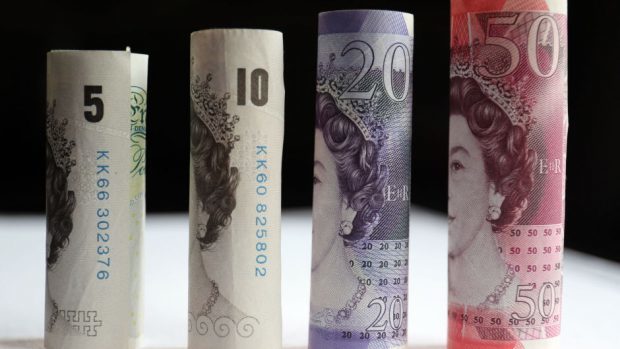A sales manager has failed in his bid to win compensation from his former employer after falling at work and blaming a tiny chip in a floor for the accident.
Mark Shackleton raised an action claiming £100,000 in damages after an incident at an industrial estate at Dyce.
The 58-year-old, of Swinton, Manchester, suffered a soft tissue injury to his lower back and was unfit for work for more than three months.
He underwent extensive physiotherapy.
He sent an e-mail to his manager at M-I Drilling Fluids UK telling him he had been in the process of moving boxes obstructing an emergency exit path when he fell.
He claimed the chip in the floor caused him to stumble – but the Court of Session in Edinburgh was told it was no deeper at any point than an eighth of an inch.
And in a written decision, judge Lady Wolffe said: “On the whole evidence I find that the depth of the chip is simply too shallow to pose any relevant risk to the safety of the pursuer.
“The presence of the chip did not give rise to a risk of a person tripping and falling when walking, whether facing forwards or moving sideways, in either direction through the doorway and into the hallway.”
The judge said she also accepted evidence that there was no need for Mr Shackleton to have taken on the task of moving the boxes on June 4, 2013.
She added: “The pursuer failed to take care in the most basic way, by failing to look to see where he was placing his feet, which he accepts he could have done.”
Lady Wolffe said that even if she were to accept Mr Shackleton’s account about how the accident was caused it would be no avail to his case.
She added: “The chip did not pose a relevant risk.
“The accident was, in a practical sense, precipitated by the pursuer’s decision to move these boxes.”
